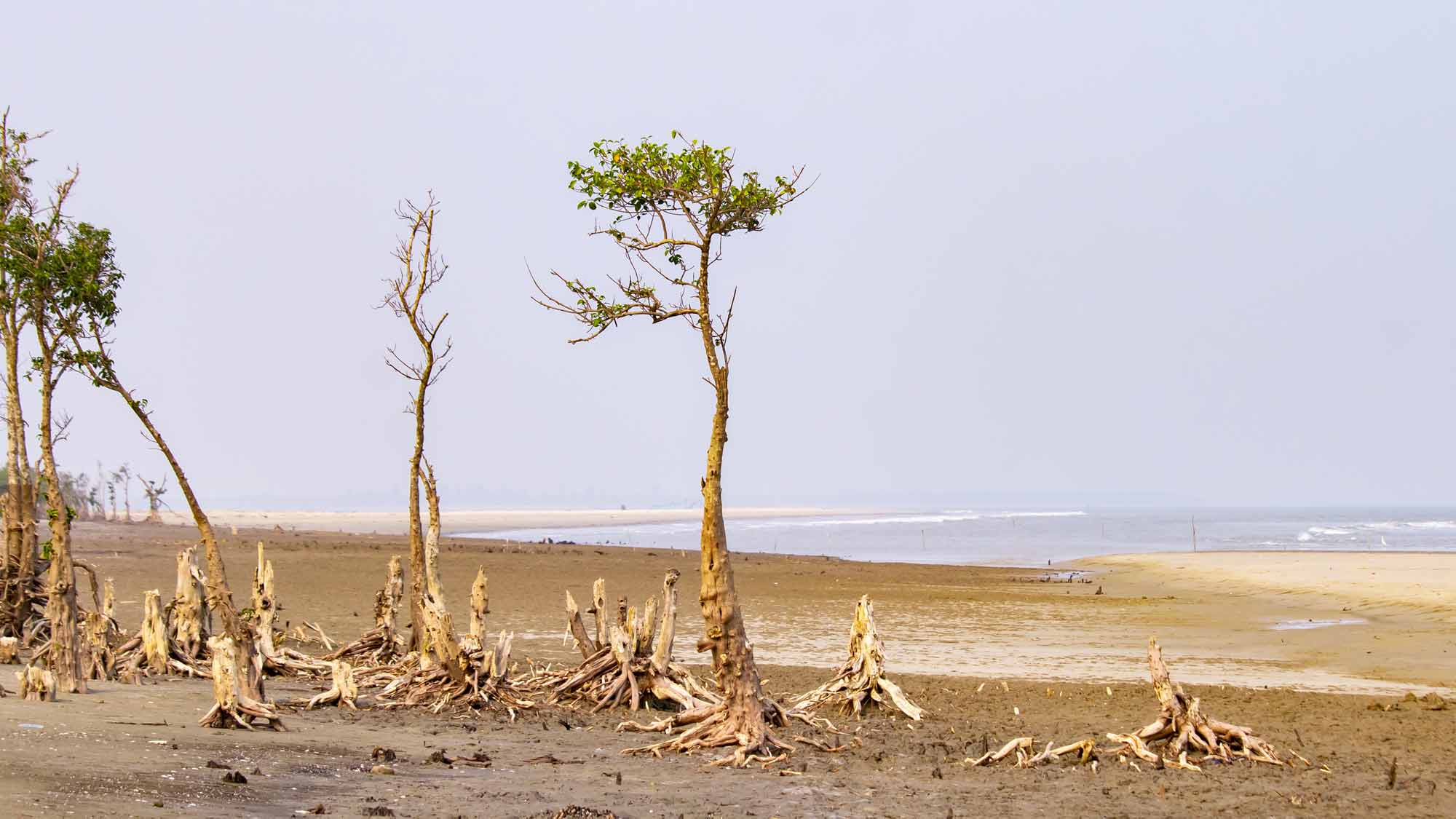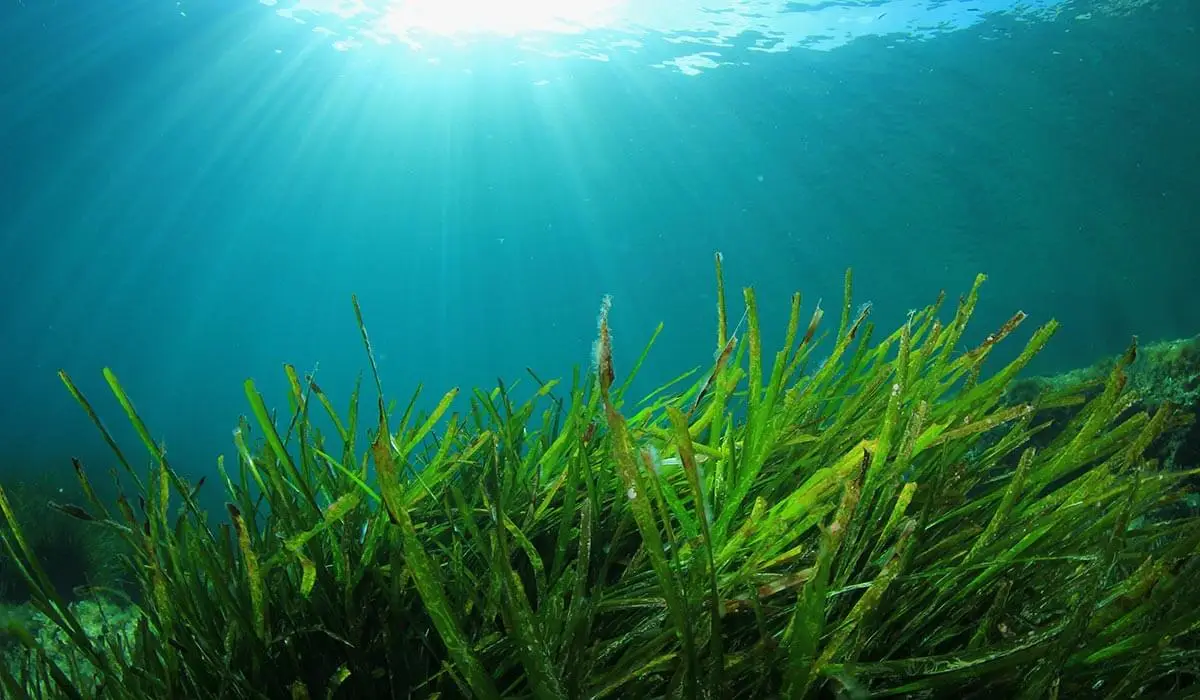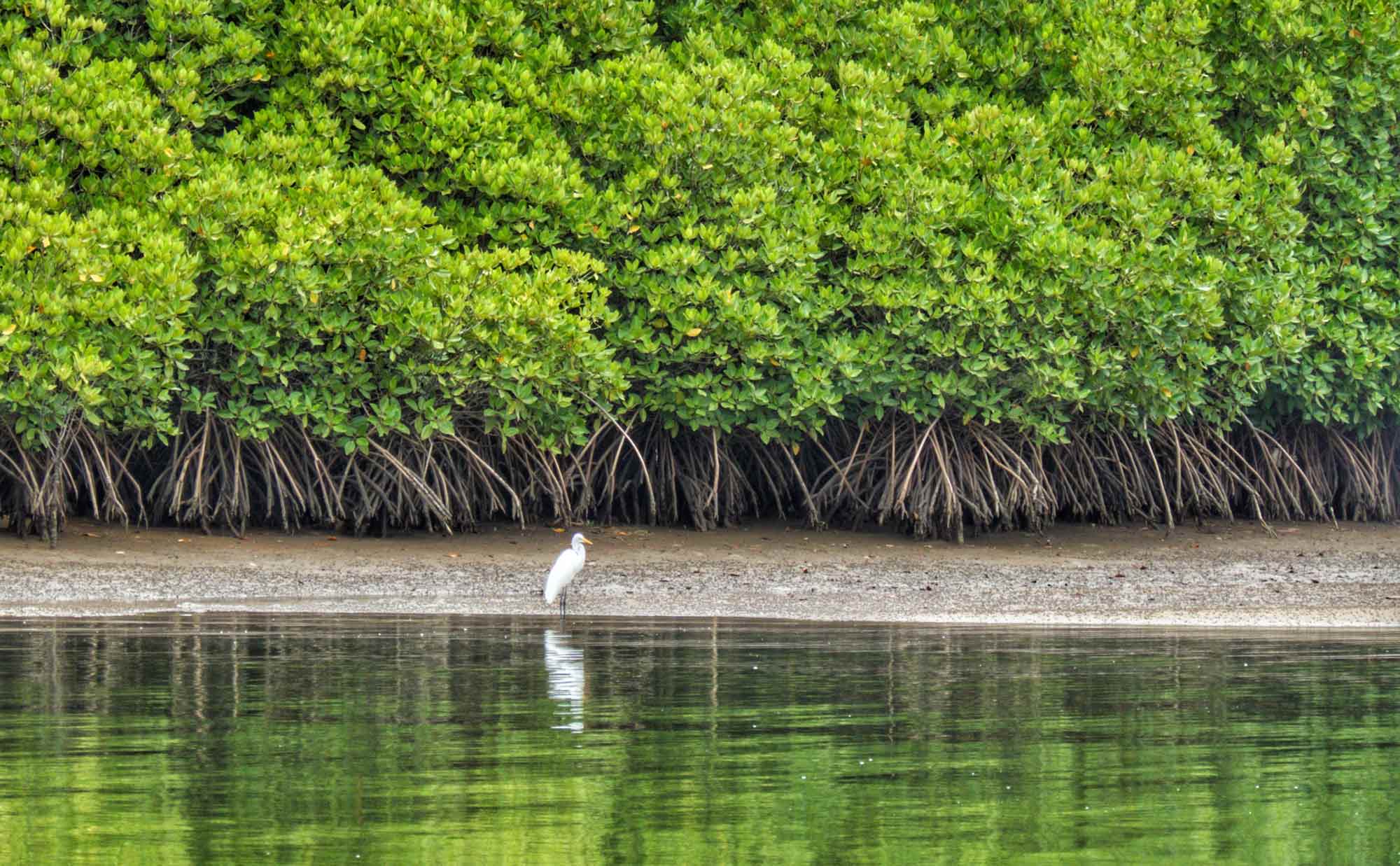Tucked between land and sea, you’ve probably seen blue carbon ecosystems without realizing how important they are. Maybe you’ve kayaked through mangrove tunnels, floated over seagrass meadows, or spotted birds feeding in a salt marsh at low tide.
These blue carbon habitats do far more than set the scene for coastal adventures; they’re among the planet’s hardest-working ecosystems. Together, they absorb a surprising amount of carbon, shelter marine life, and protect coastal communities from storms and flooding.
In this blog, we’ll explore the many ways these ecosystems support both people and the planet, from fighting climate change to enriching life above and below the waterline.
What Are Blue Carbon Ecosystems?Blue carbon ecosystems are coastal and ocean ecosystems, including mangroves, seagrasses, and salt marshes, that capture carbon and store it in their plants and saltwater-saturated soils. |
Carbon Removal and Storage
Blue carbon ecosystems help slow climate change by drawing carbon out of the atmosphere and trapping it where it can’t easily escape. Through photosynthesis, these coastal plants absorb carbon dioxide and store it in their leaves, roots, and branches. When plant material dies and settles, much of that carbon becomes buried in the soils beneath them. These waterlogged sediments prevent decay, allowing carbon to remain buried for hundreds or even thousands of years. This makes them one of Earth’s most enduring natural carbon vaults.
Thanks to their long-lasting underground carbon stores, blue carbon ecosystems can store double the amount of carbon per acre as land-based forests. Safeguarding and restoring these ecosystems not only keeps this carbon locked away but also helps them continue absorbing more CO2 each day. You can explore more about how this process works in our blog on blue carbon storage.
Sustainable Marine and Coastal Tourism Tips
Habitats and Food for Animals
While carbon storage may be blue carbon ecosystems’ claim to fame, their benefits extend far beyond climate change mitigation. These coastal ecosystems nurture both land and marine biodiversity and support human well-being.
Mangroves, seagrass, and salt marshes provide critical habitats for a wide range of marine and coastal wildlife. Mangroves’ dense, intertwining roots act as sheltered breeding and nursery grounds. Fish and shrimp hide amongst the roots, protected from larger predators. The shrubby trees are also home to oysters, barnacles, sponges, and anemones, which cling to the submerged roots. Pelicans build their nests at the top of mangrove trees, while lobsters burrow into the muddy soil.
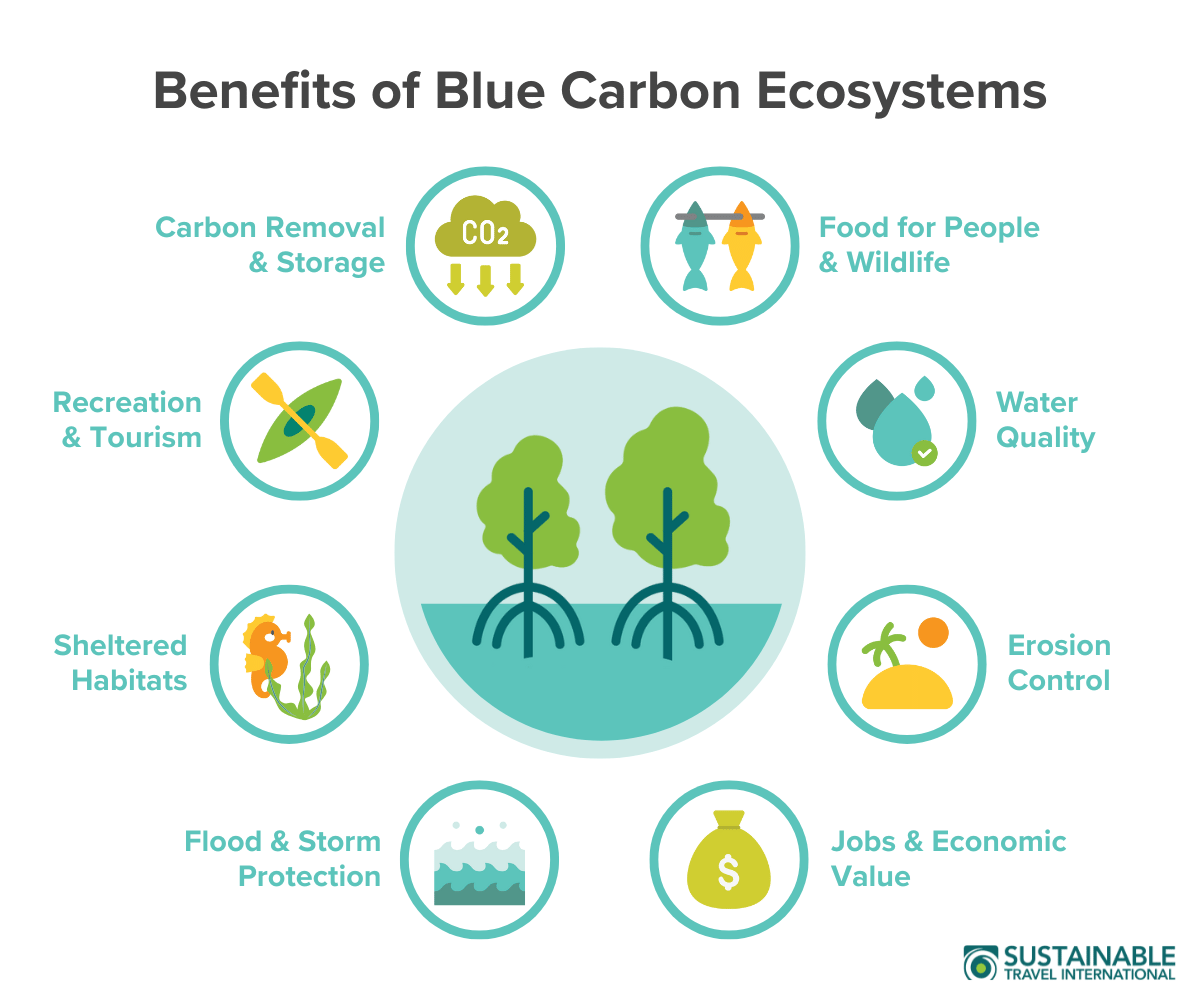
Salt marshes support a variety of mammals and birds, including herons, egrets, and otters. Around the world, they serve as key nesting grounds and stopovers for massive bird migrations. Each year, 10 to 12 million waterbirds pass through the salt marshes of the Wadden Sea – a UNESCO World Heritage Site spanning the coasts of the Netherlands, Germany, and Denmark – to rest and feed.
Seagrass beds shelter smaller animals, such as pipefish and tiny seahorses, which use their camouflage to blend in with the blades. Beyond providing shelter, seagrass meadows are also an important food source. Animals like dugongs, manatees, and sea turtles graze on seagrass leaves. Dugongs are nicknamed “sea cows” for a reason – an adult can eat up to 88 pounds of seagrass in a day.
Even after plants die, these ecosystems continue to nourish marine life. Crabs feast on fallen mangrove leaves, while decomposing seagrass provides nutrients for worms, sea cucumbers, and filter feeders.
Beyond the species that live directly within them, blue carbon ecosystems also sustain the broader ocean food web. The smaller fish and animals that find food and shelter in these habitats become prey for larger marine animals in nearby waters.
Together, these interactions make up the coastal food web. This network transfers energy from plants and detritus-eaters to fish, birds, and marine mammals, bridging nearshore wetlands to the open ocean.
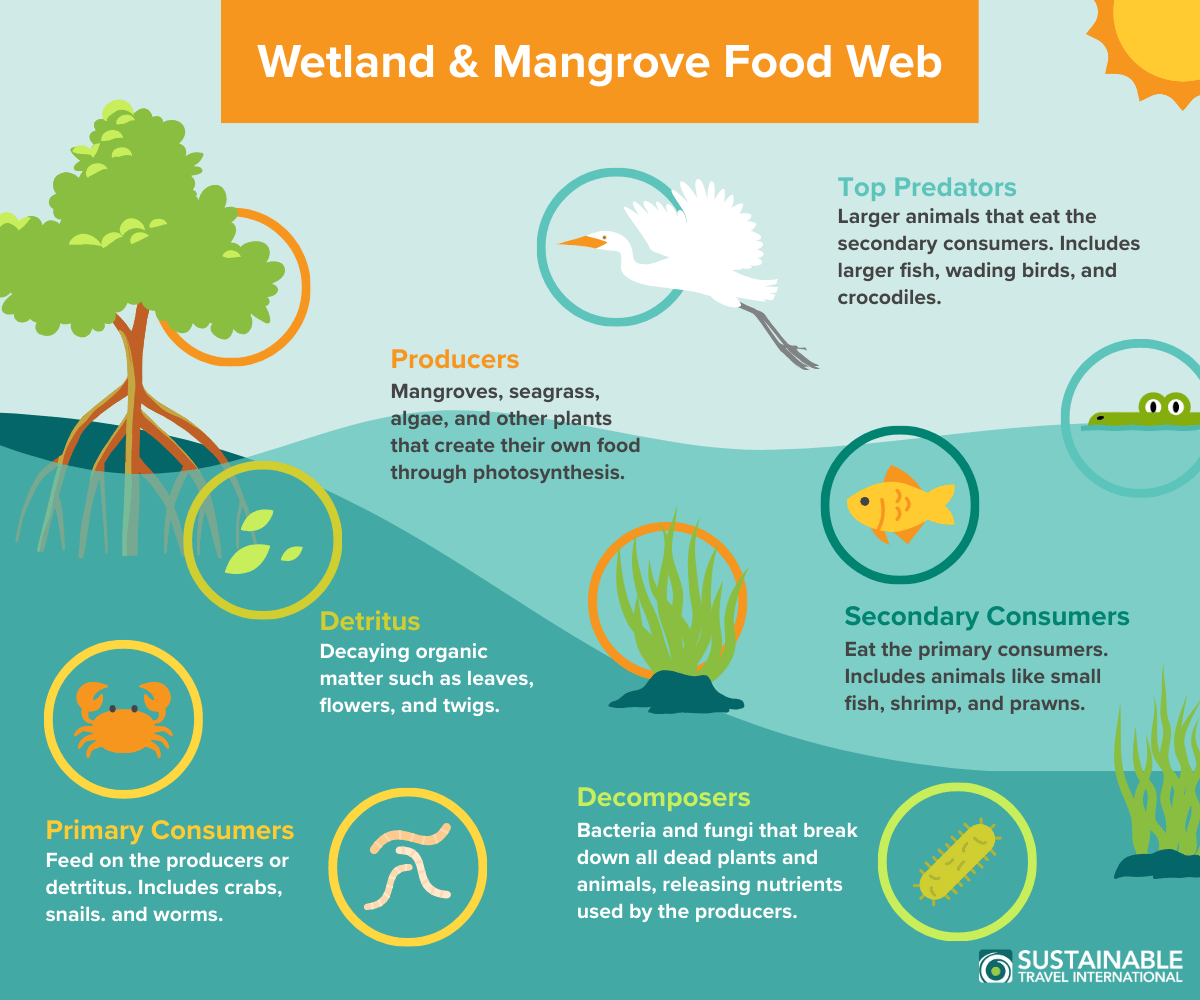
Coastal Protection and Erosion Control
As climate change intensifies, tropical storms and rising seas increase the risk of coastal flooding and destruction. The vegetation that fringes shorelines acts as a natural barrier, helping to defend coastal communities from these impacts.
Mangroves serve as one of the strongest lines of defense. Their tangled roots stand firm against storm surges and crashing waves. In fact, a 100-meter stretch of mangroves can reduce the wave height by up to 66%. Each year, these coastal forests help shield about 15 million people from flooding and prevent more than $65 billion of property damage. The economic value of this protection will only grow as climate impacts worsen.
Salt marshes may not be as burly, but their grasses and plants effectively reduce the power of smaller waves. Their peat soils act like a giant sponge, soaking up water and preventing flooding.
Beyond flood protection, mangroves, seagrass, and salt marshes also stabilize shorelines. Their roots and rhizomes hold sediment in place, preventing erosion and maintaining the shape of coasts and beaches.
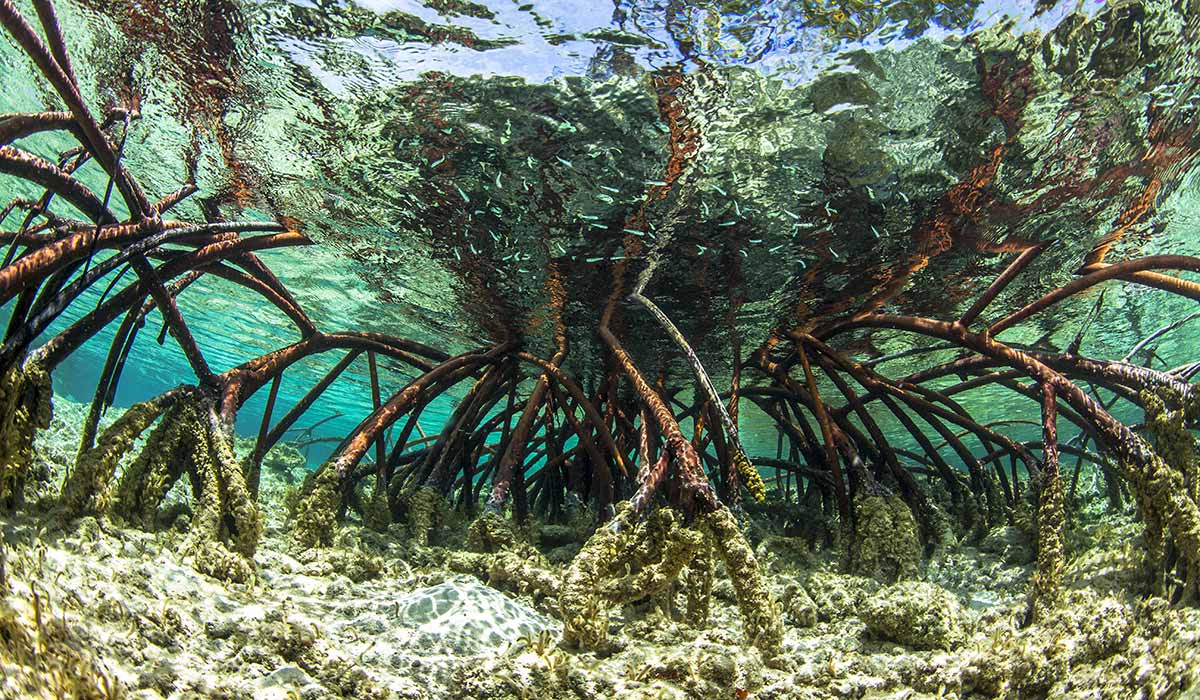
Livelihoods and Economic Benefits
Currently, more than 600 million people live near the world’s coasts. These communities depend heavily on the ocean for both income and food security. Many make their living from fishing and rely on seafood as an affordable source of protein. In the Maldives, for instance, the population depends on seafood for more than three-quarters of its protein.
Healthy blue carbon ecosystems are essential for maintaining the fish stocks that sustain coastal communities and the commercial fisheries that supply the global market. Many fish species spend their earliest days sheltered among mangrove roots and seagrass blades, where they are protected from predators and can find an abundance of food. In fact, nearly 95% of commercial fish species depend on coastal habitats at some stage in their life cycle. When these ecosystems are destroyed, fish lose these safe nurseries, and their populations inevitably decline.
Water Filtration and Clean Coastal Waters
Blue carbon ecosystems also play a crucial role in maintaining water quality. They act as natural filters, removing pollution, excess nutrients, and sediment from the water. This prevents harmful algal blooms and improves water clarity, protecting coral reefs and marine life. These cleaner conditions also make blue carbon ecosystems and oceans more pleasant places to visit.
These services save taxpayers millions of dollars worldwide by reducing demand on municipal wastewater treatment. For example, salt marshes are estimated to save Galveston Bay, Texas, approximately $124 million in treatment costs.
Recreation and Tourism
Blue carbon ecosystems are captivating places to visit and explore. They offer stunning scenery, from mangrove tunnels to winding coastal channels, and are teeming with wildlife. These habitats invite activities such as birdwatching, kayaking, boat tours, and fishing. Because they support coral reefs and the broader marine food web, blue carbon ecosystems also form the foundation for world-class diving, snorkeling, and whale-watching adventures.
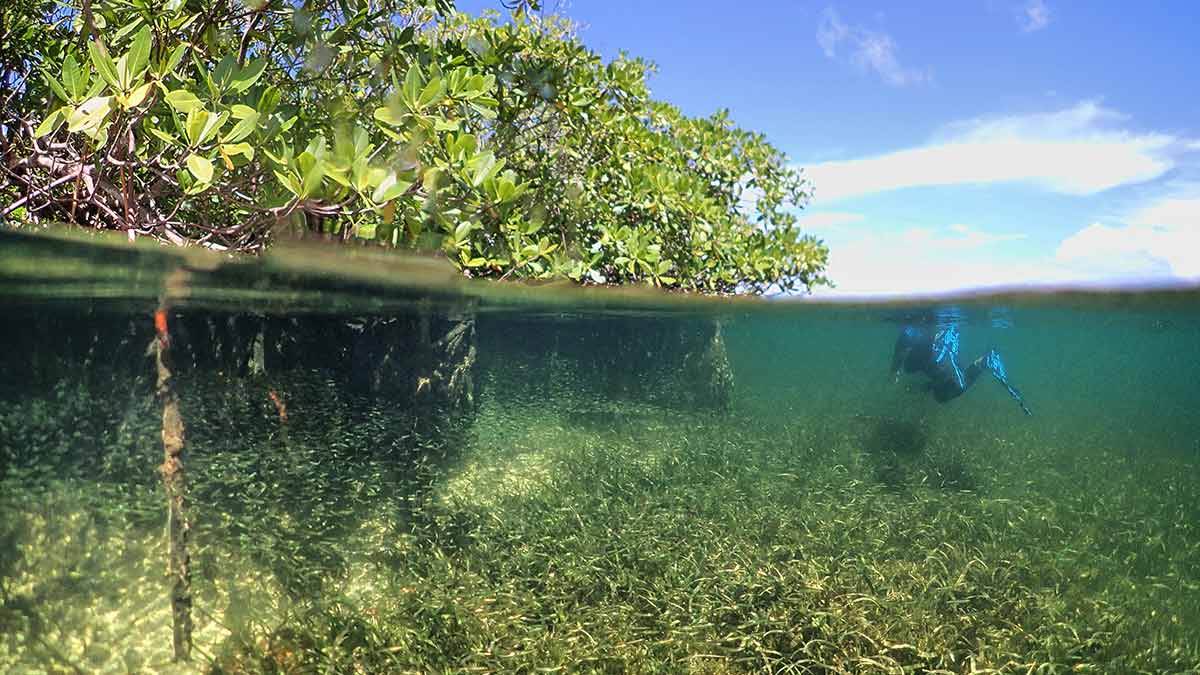
Beyond recreation, blue carbon ecosystems fuel local economies by supporting tourism, as well as related industries such as food and hospitality. The Florida Keys National Marine Sanctuary serves as a prime example of how these ecosystems support nature-based tourism. The sanctuary protects over 1.4 million acres of seagrass beds — one of the largest continuous seagrass meadows on Earth. Together with mangroves and coral reefs, these habitats support a recreation-based economy where more than half of local jobs stem from tourism, contributing an estimated $4.4 billion to Florida’s economy annually.
What You Can Do to Protect Blue Carbon Ecosystems
Blue carbon ecosystems provide essential benefits for people, wildlife, and the planet’s future. Yet these benefits are at risk as human activities continue to damage and remove mangroves, salt marshes, and seagrass. Whether you live near the sea or travel there on vacation, everyone can help these remarkable places so they continue to shape healthier, more resilient coastlines.
When traveling, choose responsible tour operators, keep a respectful distance from wildlife, and avoid activities that damage roots or seagrass beds. To discover more ways to travel responsibly near the water, download our Sustainable Coastal and Marine Tourism Tips for practical guidance.
You can also offset your travel emissions via our carbon footprint calculator. Your offset purchase will support blue carbon restoration and other projects that combat climate change, a serious threat to these fragile ecosystems.
Tourism businesses can play a part too. Become a member of Sustainable Travel International to access tools and resources that help you operate more sustainably near coasts and protect the destinations that your business relies on.
Calculate and Offset Your Travel Carbon Footprint

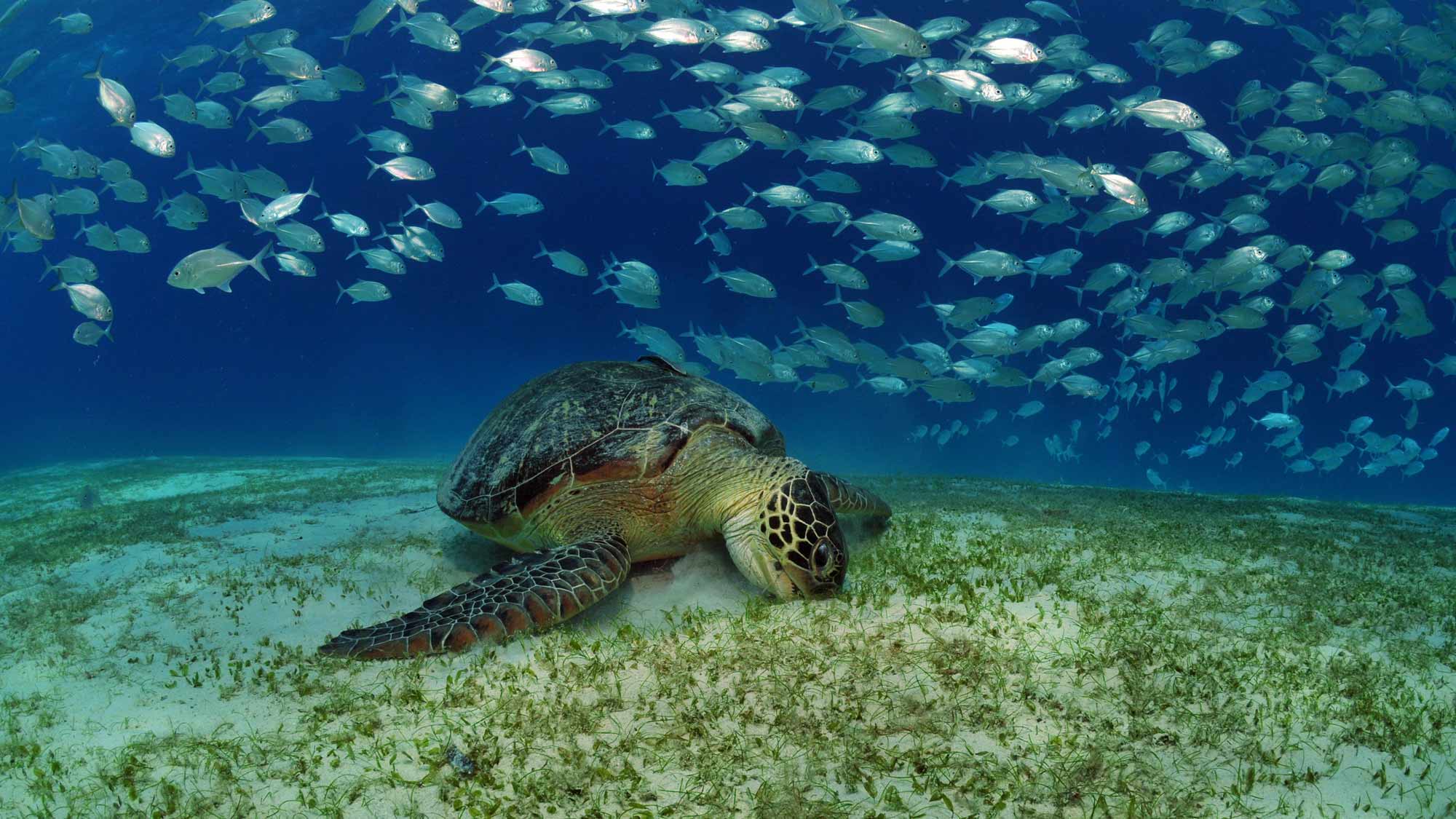
 Written By:
Written By: 